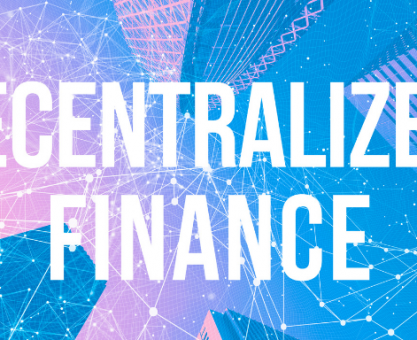Executive Summary
-
Discover the fundamentals of DeFi staking and its relevance in today’s investment landscape.
-
Learn about the benefits of incorporating DeFi staking into your investment strategy.
-
Understand the risks associated with DeFi staking and how to mitigate them effectively.
-
Explore a step-by-step guide on getting started with DeFi staking.
-
Gain insights from a real-world example and expert tips to optimize your staking strategy.
Introduction
In the ever-evolving world of decentralized finance (DeFi), staking has emerged as a compelling strategy for investors seeking to enhance their portfolio performance. As traditional financial systems face challenges, DeFi offers a decentralized alternative that promises higher yields and greater transparency. For investors, founders, and corporates alike, understanding DeFi staking is crucial for leveraging its potential benefits. This article delves into the intricacies of DeFi staking, highlighting its advantages, risks, and strategic applications.
Definitions / Context
DeFi Staking involves locking up a certain amount of cryptocurrency in a blockchain network to support operations such as transaction validation. In return, participants earn rewards, typically in the form of additional cryptocurrency. This process is pivotal in maintaining the security and efficiency of blockchain networks.
Benefits / Pros
-
Passive Income: Investors can earn regular rewards by staking their cryptocurrency, offering a steady income stream.
-
Network Contribution: By staking, participants contribute to the network’s security and efficiency, fostering a robust ecosystem.
-
Portfolio Diversification: Staking provides an alternative investment avenue, helping diversify risks associated with traditional investments.
-
Higher Yields: Compared to traditional savings accounts, DeFi staking often offers significantly higher returns.
Risks / Cons / Challenges
-
Market Volatility: Cryptocurrency prices can be highly volatile, impacting the value of staked assets.
-
Smart Contract Risks: Bugs or vulnerabilities in smart contracts could lead to financial losses.
-
Liquidity Constraints: Staked assets may be locked for a certain period, limiting liquidity.
-
Regulatory Uncertainty: Evolving regulations pose potential compliance challenges.
Step-by-Step Process
How to Start Staking in DeFi:
-
Choose a Blockchain Network: Research and select a blockchain that aligns with your investment goals (e.g., Ethereum, Cardano).
-
Select a Wallet: Use a compatible wallet to store your cryptocurrency securely.
-
Acquire Crypto Assets: Purchase the cryptocurrency you wish to stake.
-
Select a Staking Platform: Choose a reputable platform or exchange that supports staking for your chosen cryptocurrency.
-
Initiate Staking: Follow the platform’s instructions to lock your assets and start earning rewards.
Consider the case of a tech-savvy investor who diversified their portfolio by staking Ethereum on a popular DeFi platform. Over a year, they achieved a 15% annual return on their staked assets, outperforming traditional investment vehicles. This example underscores the potential of DeFi staking to enhance returns while contributing to the network’s security.
— Ethereum Yield Portfolio
Expert Tips / Strategic Insights
-
Research Thoroughly: Before staking, conduct comprehensive research on the project, team, and staking terms.
-
Diversify Staked Assets: Spread your investment across multiple staking opportunities to mitigate risks.
-
Stay Informed: Keep abreast of regulatory updates and technological advancements in the DeFi space.
-
Seek Professional Advice: Consult experts to tailor your staking strategy to your financial goals and risk tolerance.
Tools / Resources / Calculators
-
Staking Rewards Calculator: Use online calculators to estimate potential returns based on your staked amount and duration.
-
DeFi Tracking Tools: Leverage platforms like DeFi Pulse to monitor your staking investments and the broader DeFi market.
-
Educational Resources: Access free courses and webinars to deepen your understanding of DeFi staking.
Conclusion
DeFi staking represents a dynamic and rewarding investment strategy, offering unique benefits such as passive income and portfolio diversification. However, understanding its associated risks and staying informed about regulatory shifts are essential for success. By adopting a strategic approach, investors can harness the potential of DeFi staking to boost their portfolio performance.























